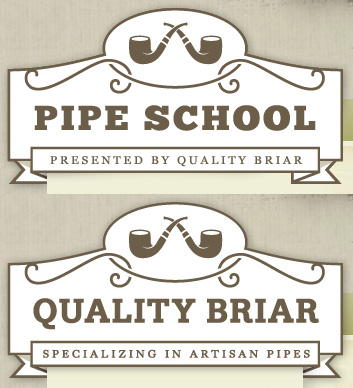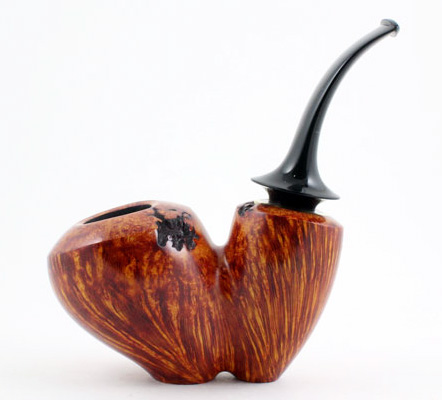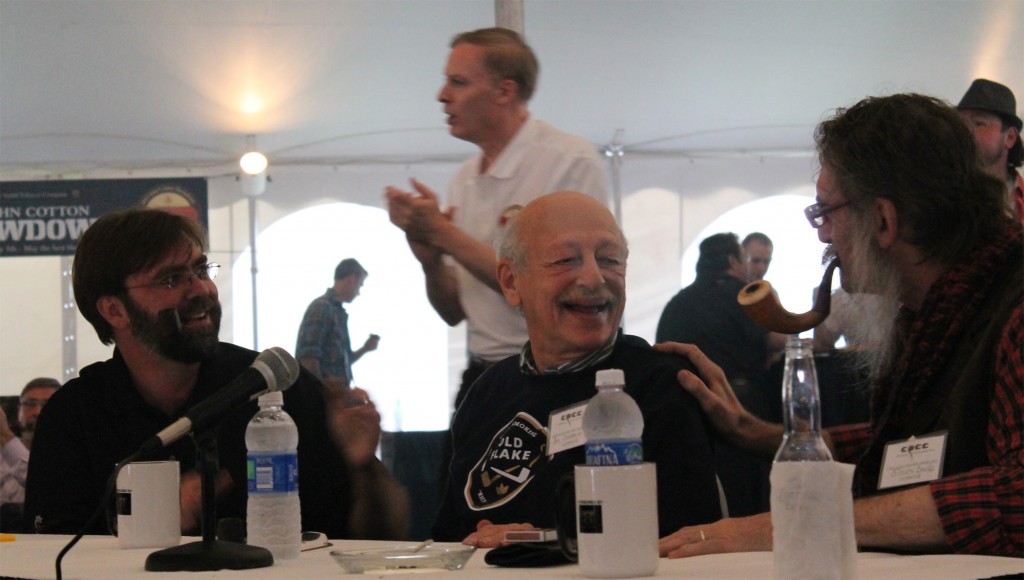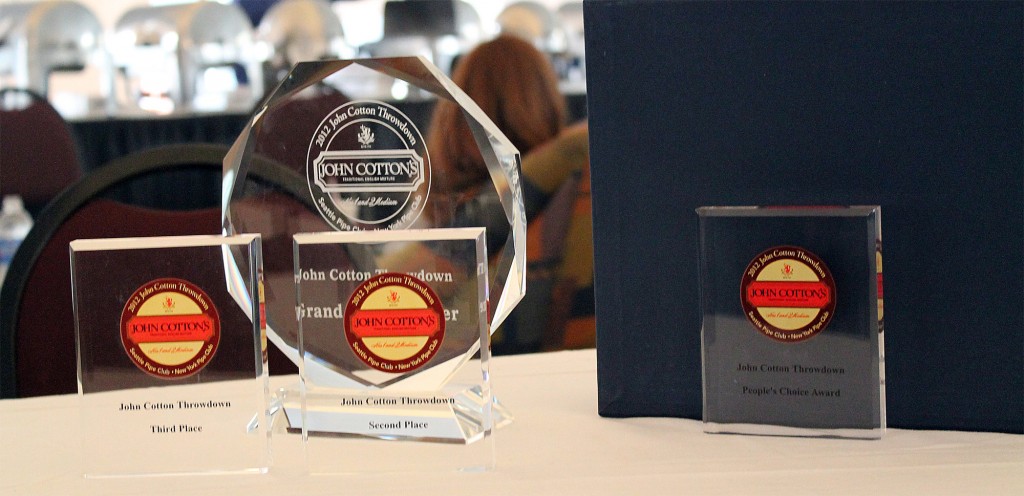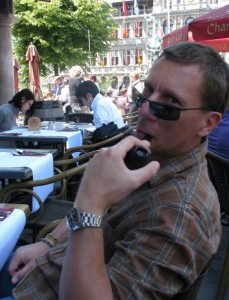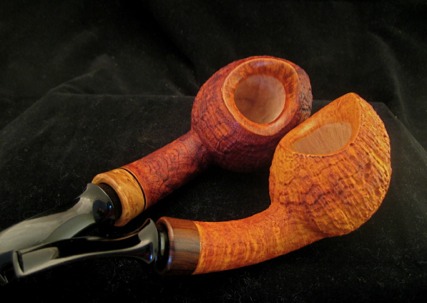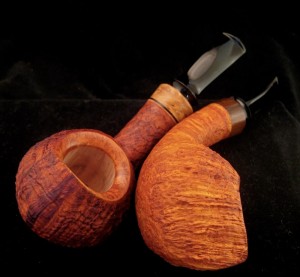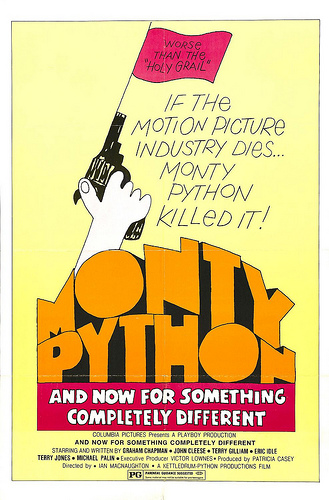All right, class. I will be your substitute teacher today, as your regular teacher is out with what we call the “Monday Blues”. Someone needs to call the CDC, because that seems to be an epidemic. Anyway, my name is Ethan and I will be leading class today.
Now, I know that you have recently been discussing the particle theory of light, but we are going to discuss something far more interesting, and certainly more relevant: pipes!
I am sure you are all wondering the same thing right now: But, Ethan, how would I choose my first pipe? Well, class, I am going to help you make that all important decision.
The first choice you really have to make is what type of pipe you will purchase, and you have three primary choices: briar, meerschaum, or a corncob.
First let me state that you cannot make a wrong choice in this department. There are those who insist that a new pipe smoker should always get a briar or always get a corncob, and most of those same people will say that a meerschaum should never be one’s first pipe. I disagree on all of these counts and let me tell you why.
You are picking up a pipe for pleasure, to make yourself happy. All three of these mediums for pipes create cool, quality, delicious smokes and each one can lead to a successful first experience with pipes. For this reason, you should choose whatever style pipe makes you happy.
Now, let’s go through your choices one by one. You’ve just walked into your local tobacconist, after managing to find one, and you spy a pearly white dragon claw holding an egg; the thought of seeing smoke drifting out of that egg, as if a newly hatched dragon had recently crawled off, is simply too much for you to resist. And who could blame you?
There is one all important thing to remember when selecting a meerschaum pipe: make sure is it block meerschaum. What this means is that the pipe was carved from a solid piece of meerschaum and not from scraps, known as pressed meerschaum.

Sometimes this can be difficult to do when buy from a physical tobacconist. So, you have a couple of choices: buy online from a reliable retailer who tells you that it is block meerschaum or try to make this determination while at a tobacconist. You can do this by buying well-known brands, such as IMP, or simply looking at the price: if it is over $50, it is probably block meerschaum. Other than that rule, pick whatever design and size makes you happy.
Some people object to using meerschaum pipes for first pipes because they are ‘more difficult’. I disagree entirely. While it is true that meerschaum is a more fragile material, it is simpler in a number of ways: you don’t have to worry about correctly forming a cake, as you in fact don’t want to form any cake, and you can smoke as much out of it a day as you want. This is much simpler than briar, which has a number of rules that it is suggested one follow. Therefore, this complaint against meerschaum is invalid.
What about the corncob? Some people swear by the value of a corncob as a starter pipe, and it is easy to see why. They are cheap, durable, require next to no work on the part of the pipester, and provide delicious, cool smokes consistently. You can pick up a good Missouri Meerschaum for less that $10 and be off and running!
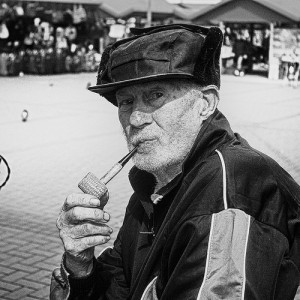 So, where’s the downside? The downside, as far as I can tell, is purely visual. While the point of the pipe is not always its appearance, it is important for someone who is starting off with a pipe to feel confident and enjoy his new-found hobby. Corncobs, though wonderful, give off the impression of a farmer or a country gentleman, which is not necessarily a bad thing, but it might not be the image that a city-slicker or college student wants to have.
So, where’s the downside? The downside, as far as I can tell, is purely visual. While the point of the pipe is not always its appearance, it is important for someone who is starting off with a pipe to feel confident and enjoy his new-found hobby. Corncobs, though wonderful, give off the impression of a farmer or a country gentleman, which is not necessarily a bad thing, but it might not be the image that a city-slicker or college student wants to have.
That being said, a pipe is designed to make you happy, not to appease those around you so that you can fit into a particular stereotype. If you are a corporate executive in New York City and you want to smoke a corncob for your first pipe, then you should smoke a corncob. It’s as simple as that.
Finally, we reach the briar. For as many advocates as there are for corncobs as a starter pipe, there are scores more for briar. After all, it is the predominant medium for pipes, the classic image of a pipe, so why not get comfortable with it early on? Of course, there are more rules to be followed with a briar than with a cob or a meerschaum, but that ritual is part of the beauty of pipes.
There are some important things to consider when choosing that fine wooden pipe, however. A number of older articles have been written about how to pick out a pipe shape that best compliments your facial structure and body shape, and that that is the pipe shape that you should buy. These rules included bigger pipes for bigger people, smaller pipes for smaller people, slender pipes for slender people, etc. While this may geometrically have some validity, it is the least important thing that one should be thinking about when picking out a pipe.
If you are a short, rotund person and you see a tall billiard that makes you drool, then that is the pipe you should snag. Don’t second guess yourself by being concerned about whether “this pipe will make me look fat”. Your trip the the tobacconist is not for a shirt or tie or pants, it is for a pipe, for something strictly for yourself. Find one that makes you happy — is this mantra sounding familiar yet, class?
While your happiness is key, there is one rule that I suggest in order to ensure that happiness: avoid the bargain bin or “basket pipes”. While these pipes can be good knock-around pipes, there are not what you want to start with. Go ahead and drop fifty to sixty on your first pipe.
What was that? Yes, you in the back row. Ah, good question. I don’t know if everyone heard him, but he asked why he should spend that much money on something he might not end up enjoying. Well, it’s kind of hedging your bets. If you only spend $15 on a briar pipe, the chances are you won’t enjoy it: it will probably burn hot, taste awful, gurgle, and be difficult to keep lit. While it is not impossible to find a basket pipe that smokes very well, you simply increase your chances of finding a pipe that smokes well by crossing the fifty dollar mark. That extra forty or fifty dollars will help to ensure you are quality smoke and enhance the probability that you will enjoy your pipe. Don’t bet against yourself by going cheap.
All right, now that we’ve picked out our first pipe, it’s time to move to tobacco –
BRIIIIIIIIIIING
Oh, that’s the end of class, everyone. If I get to teach you all again, we will pick up on the subject of pipe tobacco next time. In the mean time, go home and do your homework! And enjoy yourself!
